In the dynamic world of blockchain technology, Ethereum has not only established itself as a prominent cryptocurrency but has also introduced innovative concepts of governance that challenge traditional centralized decision-making processes. Ethereum’s governance framework is characterized by its decentralized nature, where participants collectively shape the future of the platform through consensus mechanisms and community-driven initiatives.
The emergence of Ethereum in 2015 brought with it a revolutionary vision of blockchain technology beyond cryptocurrency. As Ethereum grew, so did the need for effective governance to manage its technical advancements, protocol upgrades, and community development. Unlike traditional centralized systems, Ethereum sought to embrace decentralization not only in its technology but also in decision-making processes.
Decentralization as a Core Principle

Decentralization lies at the heart of Ethereum’s governance philosophy. Instead of a single governing entity, Ethereum relies on a diverse network of participants including developers, miners, users, and investors. This decentralized approach ensures that no single entity wields disproportionate power and that decisions are made collectively, promoting inclusivity and innovation.
Ethereum employs a consensus mechanism called Proof of Stake (PoS) that enables participants to validate transactions and create new blocks based on the amount of cryptocurrency they hold and are willing to “stake.” This mechanism encourages long-term commitment and cooperation among stakeholders, aligning their interests with the platform’s growth and development.
EIPs are at the core of Ethereum’s governance model. These proposals outline technical improvements, upgrades, and new features, providing a transparent framework for community collaboration. Whether it’s enhancing scalability or introducing novel functionalities, EIPs encourage open discussions and peer reviews, enriching the decision-making process.
The Role of Ethereum Foundation
The Ethereum Foundation plays a pivotal role in coordinating and funding projects that contribute to Ethereum’s ecosystem. While it doesn’t hold ultimate decision-making power, its resources and guidance influence the direction of development, reflecting the decentralized ethos while providing necessary support. Ethereum’s governance is a delicate balance between on-chain and off-chain elements. On-chain governance involves decisions recorded directly on the blockchain, while off-chain governance includes discussions and debates in various forums and communities. This dual approach ensures both security and flexibility in decision-making processes. Despite its strengths, Ethereum’s governance faces challenges. The decentralized nature can lead to slower decision-making, and conflicts might arise when interests diverge. Moreover, ensuring participation from all stakeholders remains a concern, and the technical complexities can discourage less tech-savvy users from getting involved.
The DAO Incident: A Watershed Moment
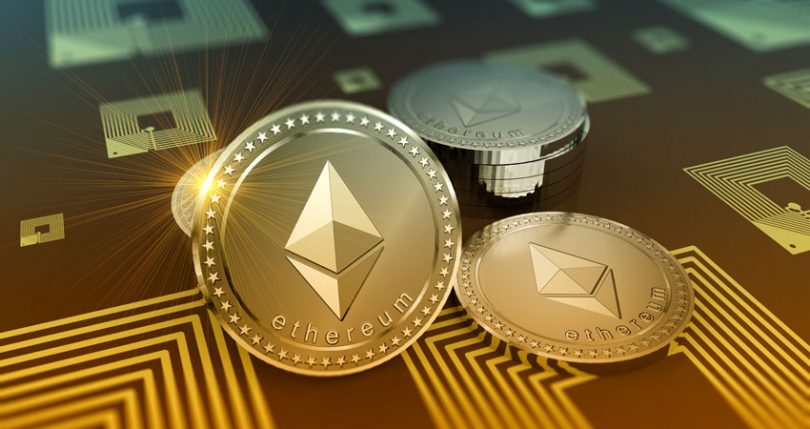
The DAO incident of 2016 exposed vulnerabilities in Ethereum’s governance. A smart contract vulnerability was exploited, leading to a significant hack. This event prompted a hard fork and highlighted the importance of security audits and risk assessment in governance protocols. Synergy with DeFi and Decentralized Autonomous Organizations (DAOs). Ethereum’s governance principles have influenced the rise of decentralized finance (DeFi) and DAOs. These entities operate on the blockchain, utilizing Ethereum’s governance ideas to automate decision-making, incentivizing participation, and creating innovative financial products.
The Eth2 Upgrade and Governance
The Ethereum community is actively working on the Eth2 upgrade, transitioning from Proof of Work (PoW) to PoS. This upgrade showcases Ethereum’s commitment to continuous improvement and underscores the dynamic nature of its governance.
Looking ahead, Ethereum’s governance could evolve further. With advancements in decentralized technologies, governance models might become even more robust, scalable, and efficient, shaping not only Ethereum’s future but also influencing governance in other domains. Active participation and education are vital for Ethereum’s governance to succeed. As blockchain technology gains mainstream attention, understanding the nuances of decentralized decision-making will empower more individuals to contribute meaningfully to the Ethereum ecosystem.
Building Consensus in a Decentralized Landscape
In a decentralized environment, building consensus requires effective communication, compromise, and a shared commitment to the platform’s values. Ethereum’s governance model fosters an ongoing dialogue, emphasizing the importance of finding common ground amid diverse perspectives. Decentralization raises ethical questions related to inclusivity, transparency, and accountability. Striking the right balance between individual freedoms and collective welfare remains a continuous challenge as Ethereum navigates uncharted territories.
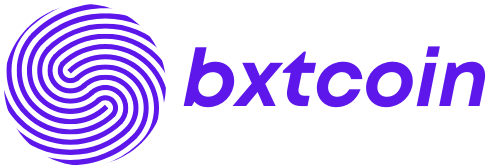
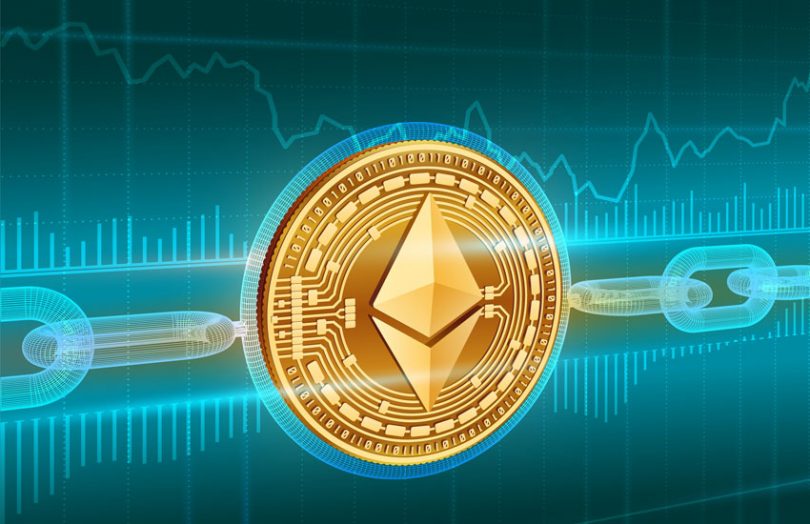
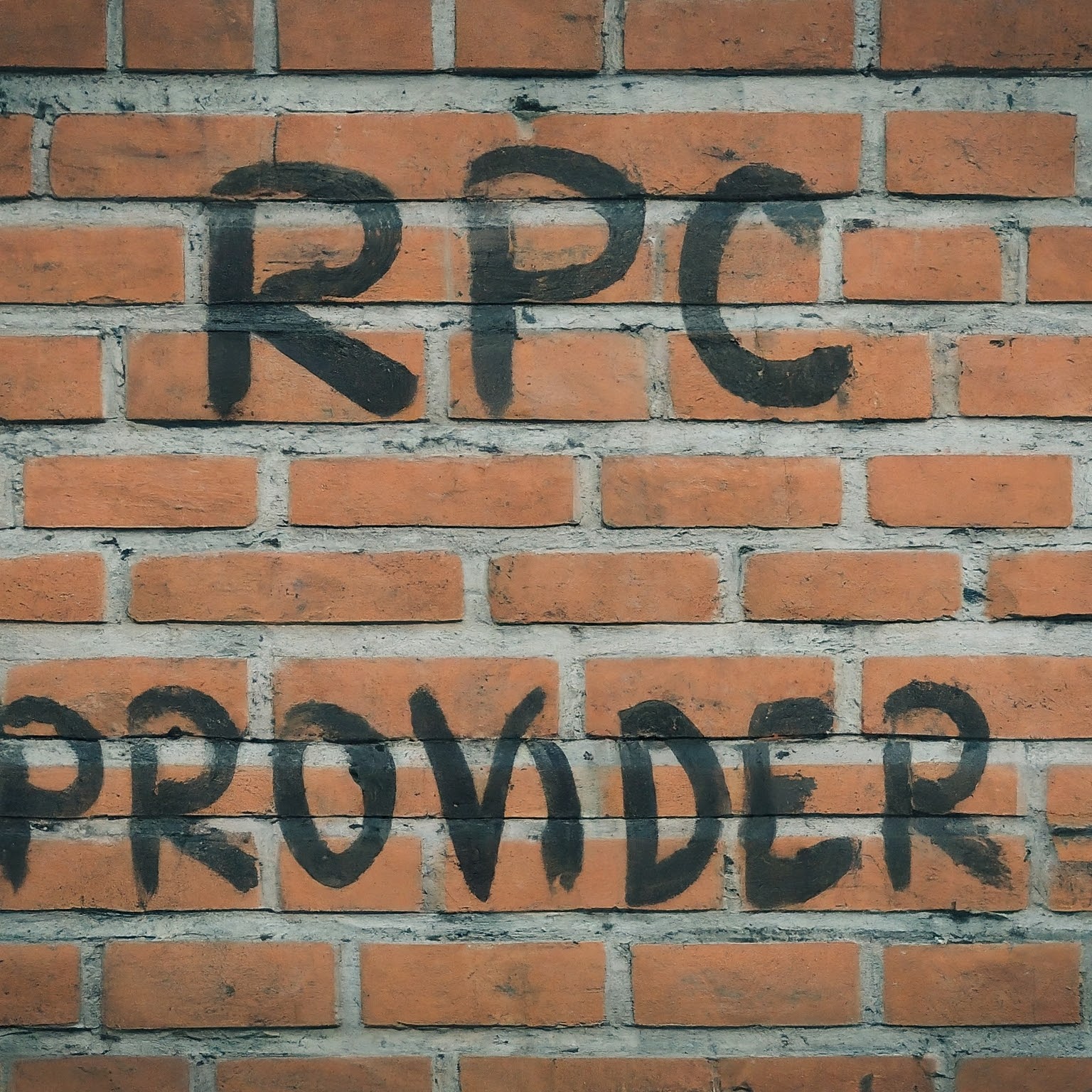
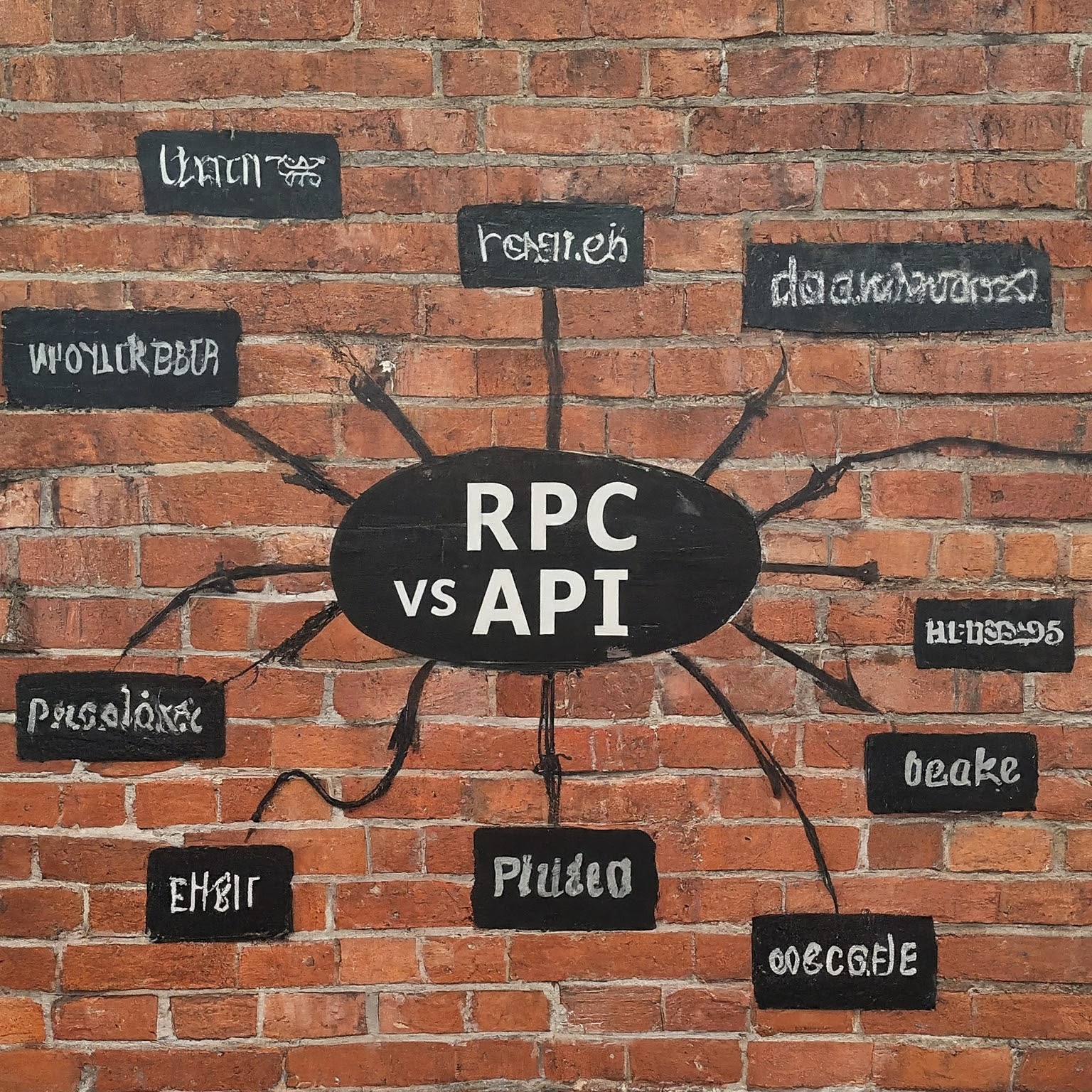
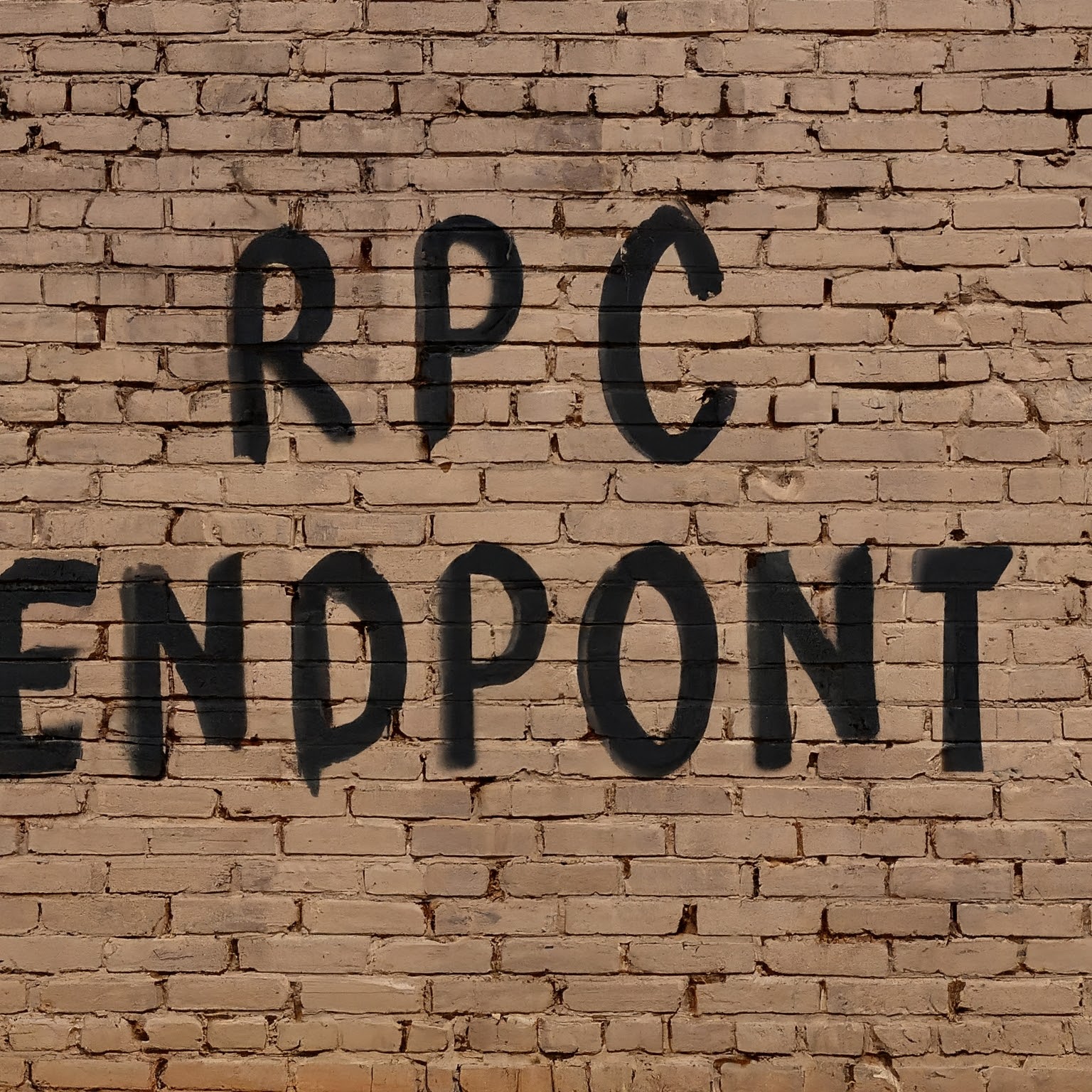

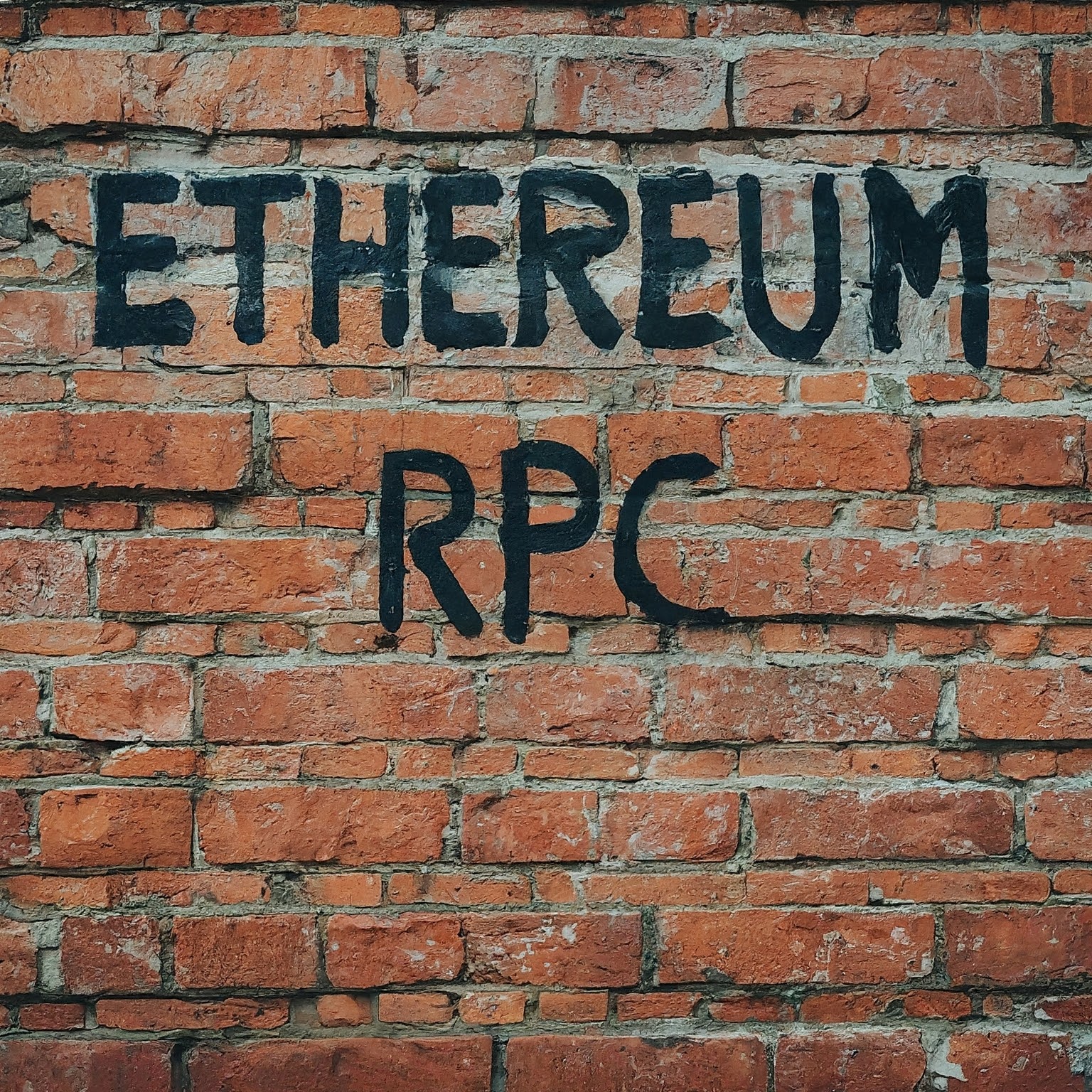
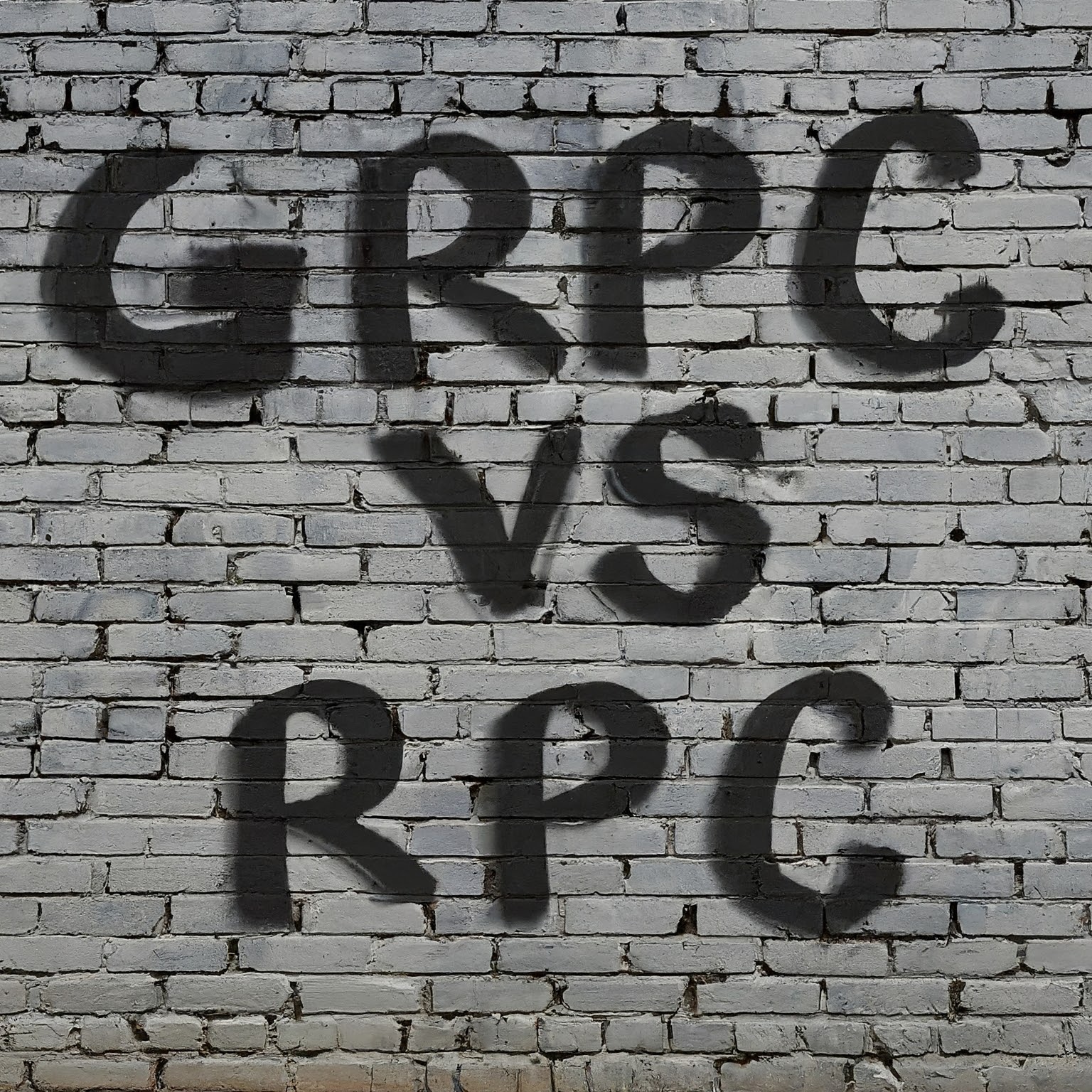
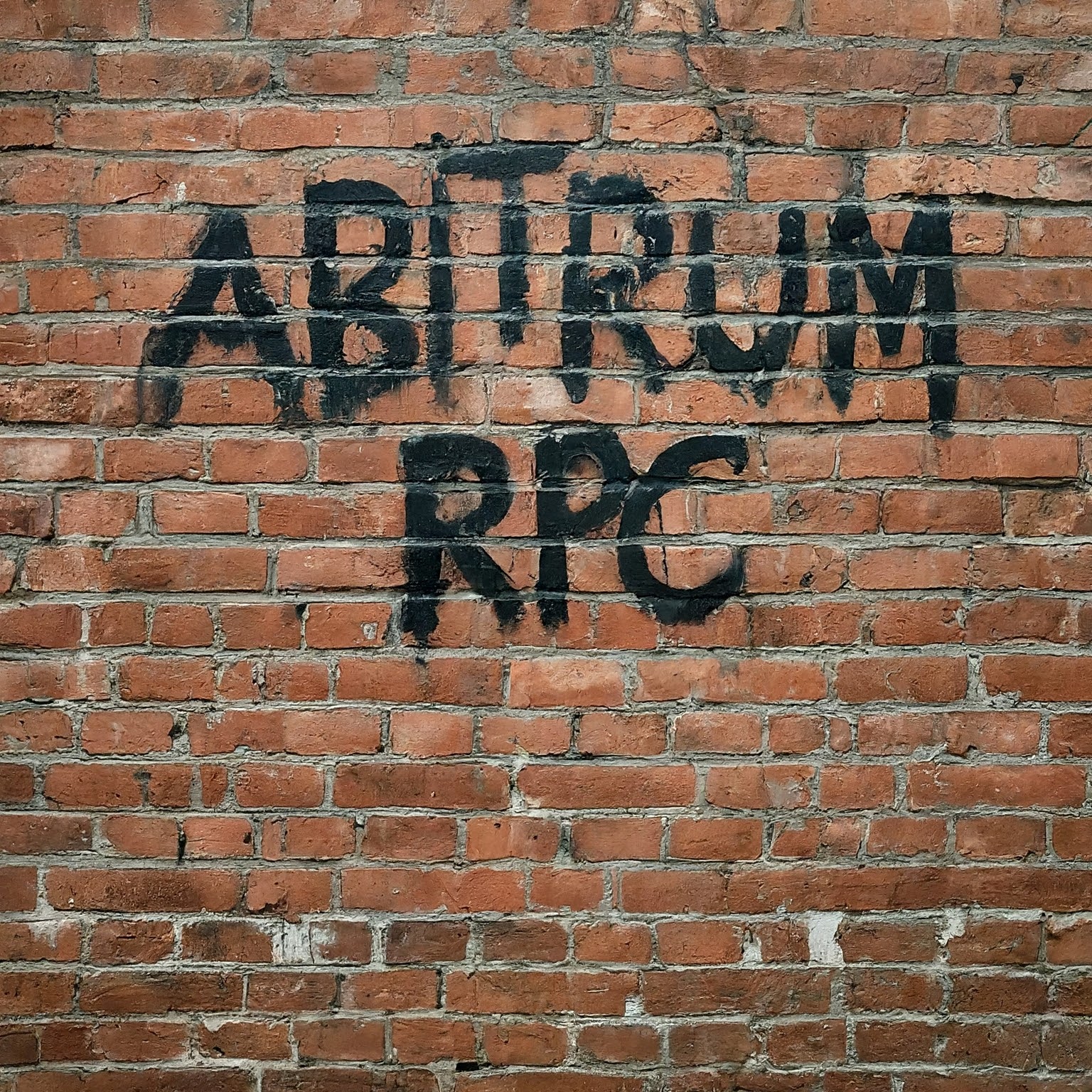

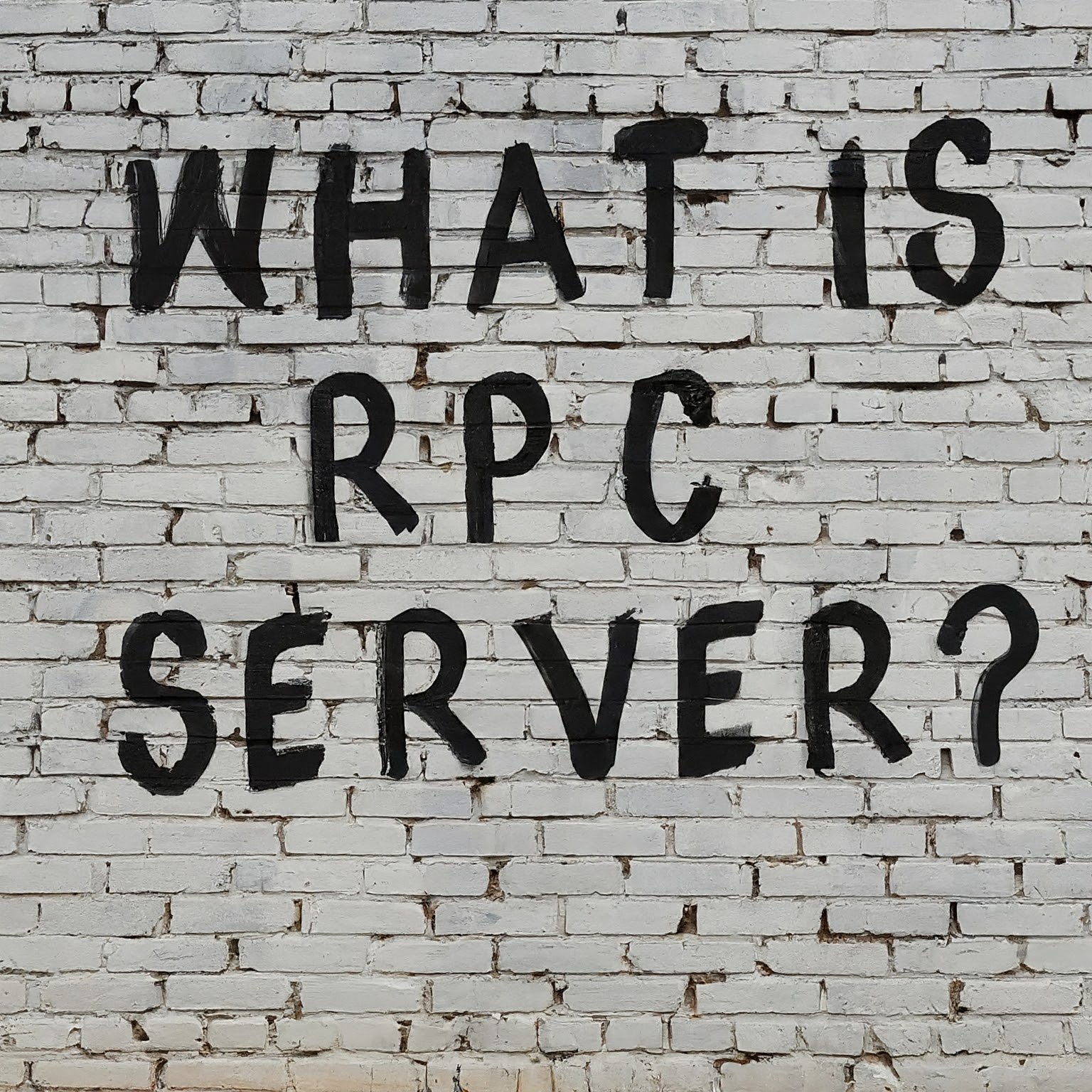

Leave a Reply
You must be logged in to post a comment.